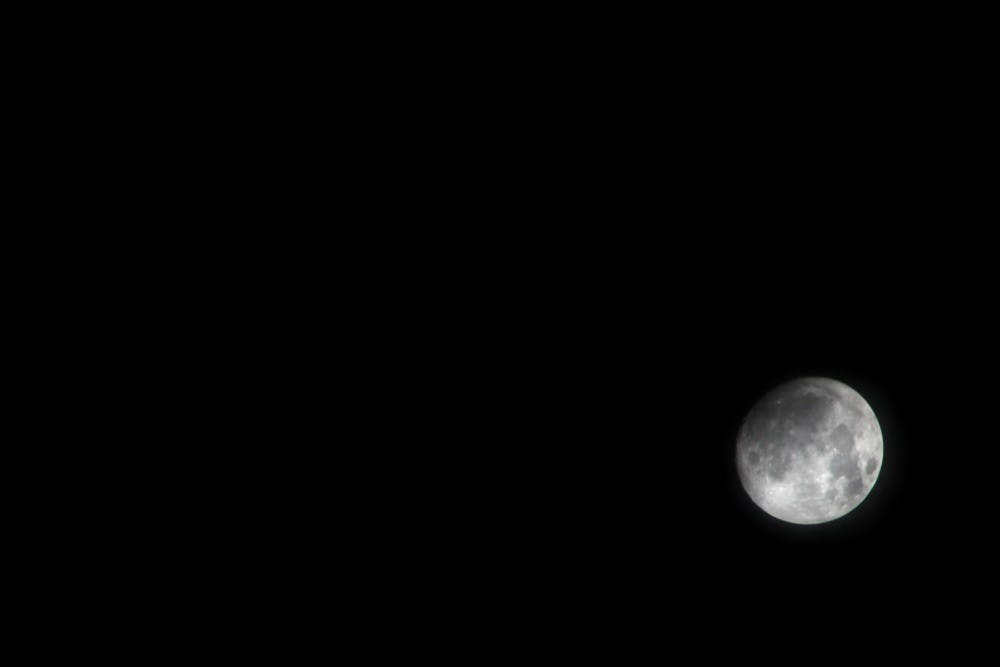
A Supermoon appeared this week for the first time in 69 years
Credit: Pranay VemulamadaWhen the moon hits your eye like a big pizza pie — that’s a supermoon.
Sunday night, we experienced the natural phenomenon of a supermoon, which is when the moon looks its biggest in the sky. This astrological event only happens once every several decades — the last supermoon occurred 69 years ago.
The reason the moon appeared significantly larger than normal is threefold.
First, the moon was at its perihelion, the part of its orbit when it is closest to the earth.
The moon was about 225,623 miles from the Earth as opposed to its average distance of 238,855 miles. It is notable that the moon was a bright orange and red color when it rose yesterday, making the supermoon’s effect even more pronounced.
In addition, last night there was a full moon. These two factors alone make the moon appear larger than normal, and it is not uncommon to see a full moon while the moon is also in its perihelion, which happens every couple of years.
Also, due to the time of year, the Earth is as close to the moon as its orbit allows. Since the orbits of both the moon and the Earth are in the shape of ellipses, it is rare for both the earth and the moon to be at their closest point to each other.
Thus, the Earth, moon and sun are all aligned with the moon as close to the Earth as possible.
These three factors completed what is necessary to be classified as a supermoon. Astrologer, Richard Nolle, was the first to coin the term in 1979.
But all in all, the effect on the moon’s appearance is not going to be extreme. The moon will look about 7 to 8 percent bigger, Penn Astrophysics and Astrology Professor, Mark Devlin said.
Unfortunately, for those who wanted to experience the rare phenomenon from Penn’s campus, the weather Sunday night was cloudy and prevented onlookers from seeing the full effect of the supermoon. The next supermoon is not expected to be seen until 2034, according to NASA.
“Some people don’t like the term supermoon because they think it’s silly,” Devlin said. “If it gets people to look up in the sky that’s good enough for me.”
The Daily Pennsylvanian is an independent, student-run newspaper. Please consider making a donation to support the coverage that shapes the University. Your generosity ensures a future of strong journalism at Penn.
Donate




